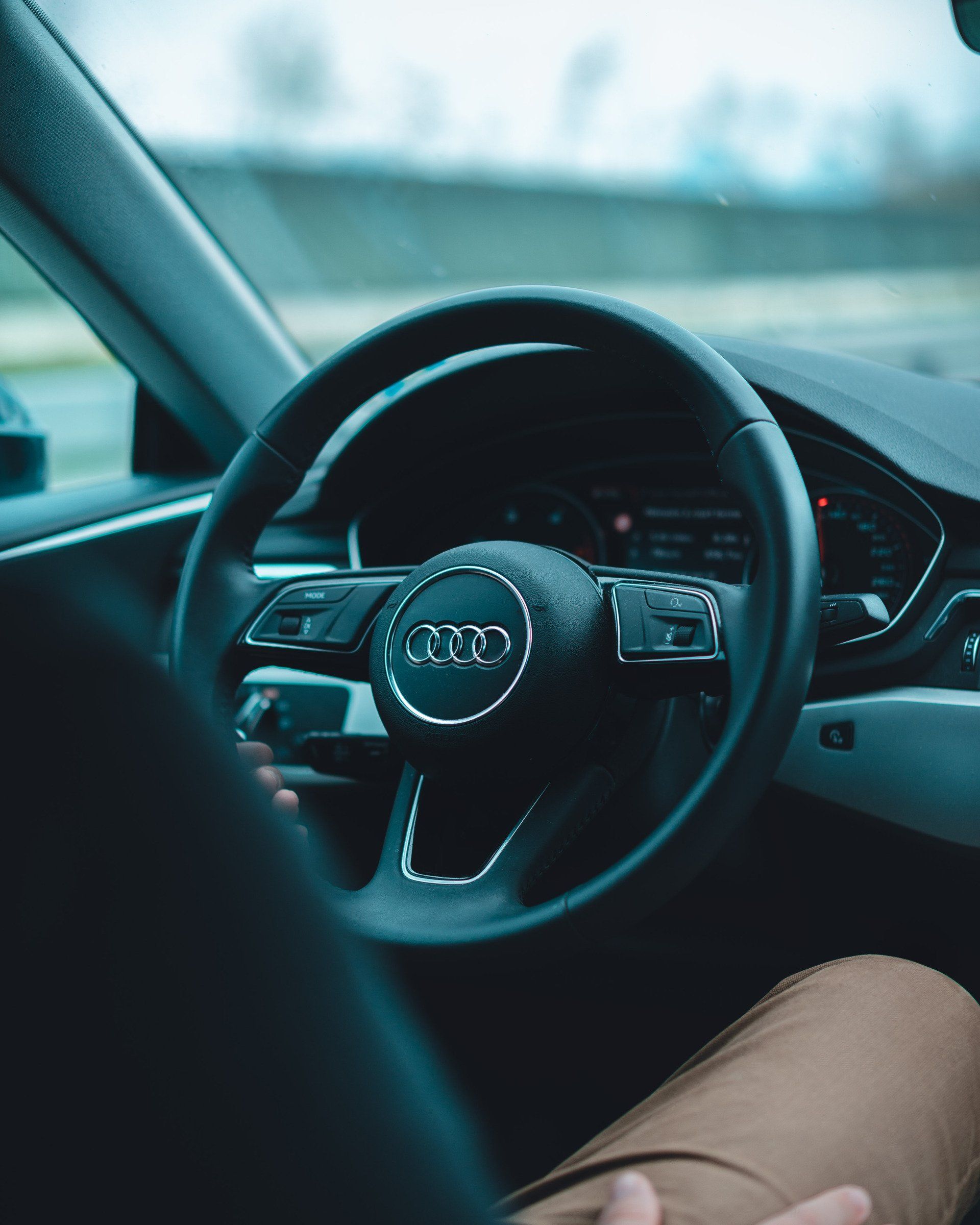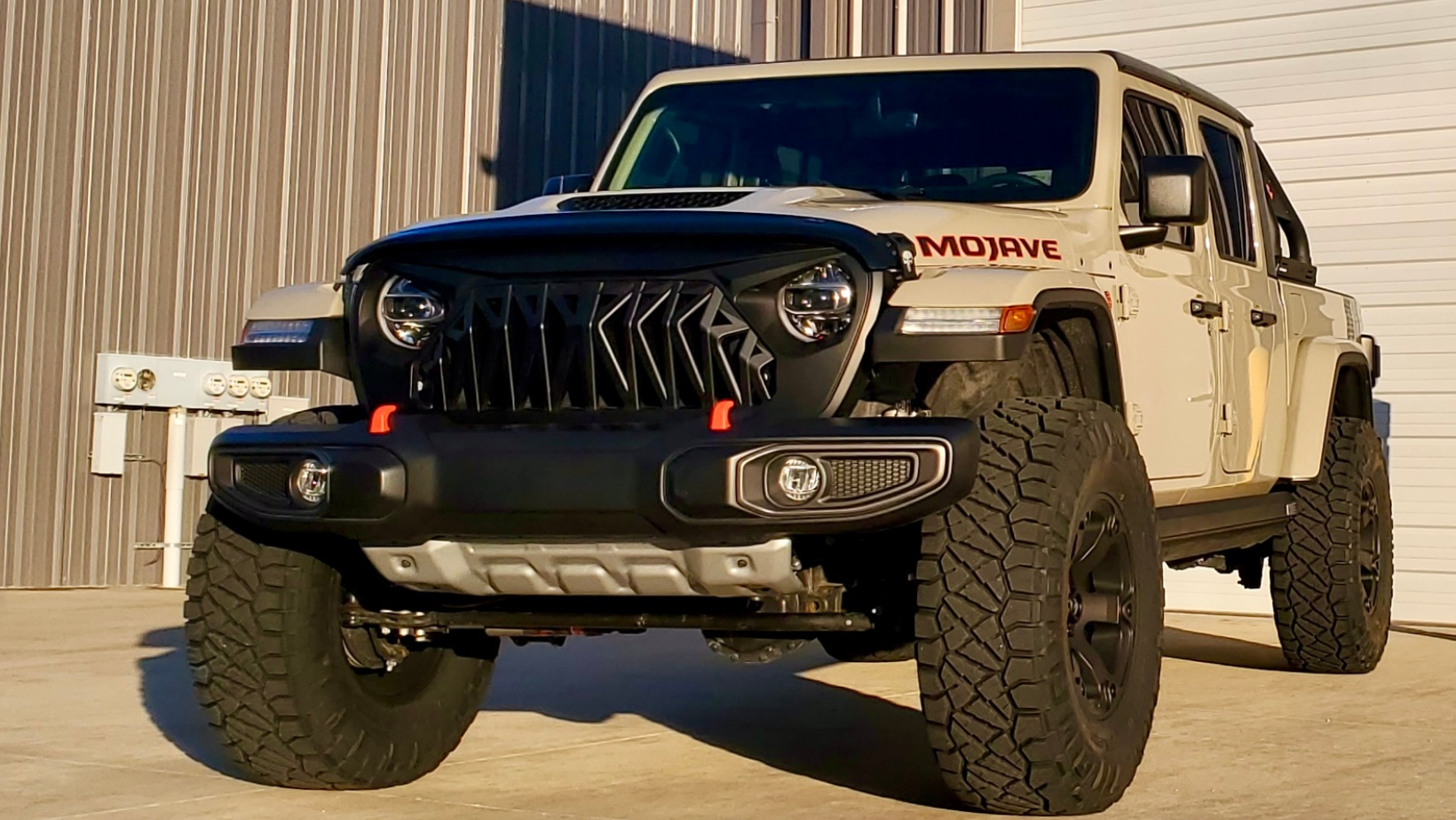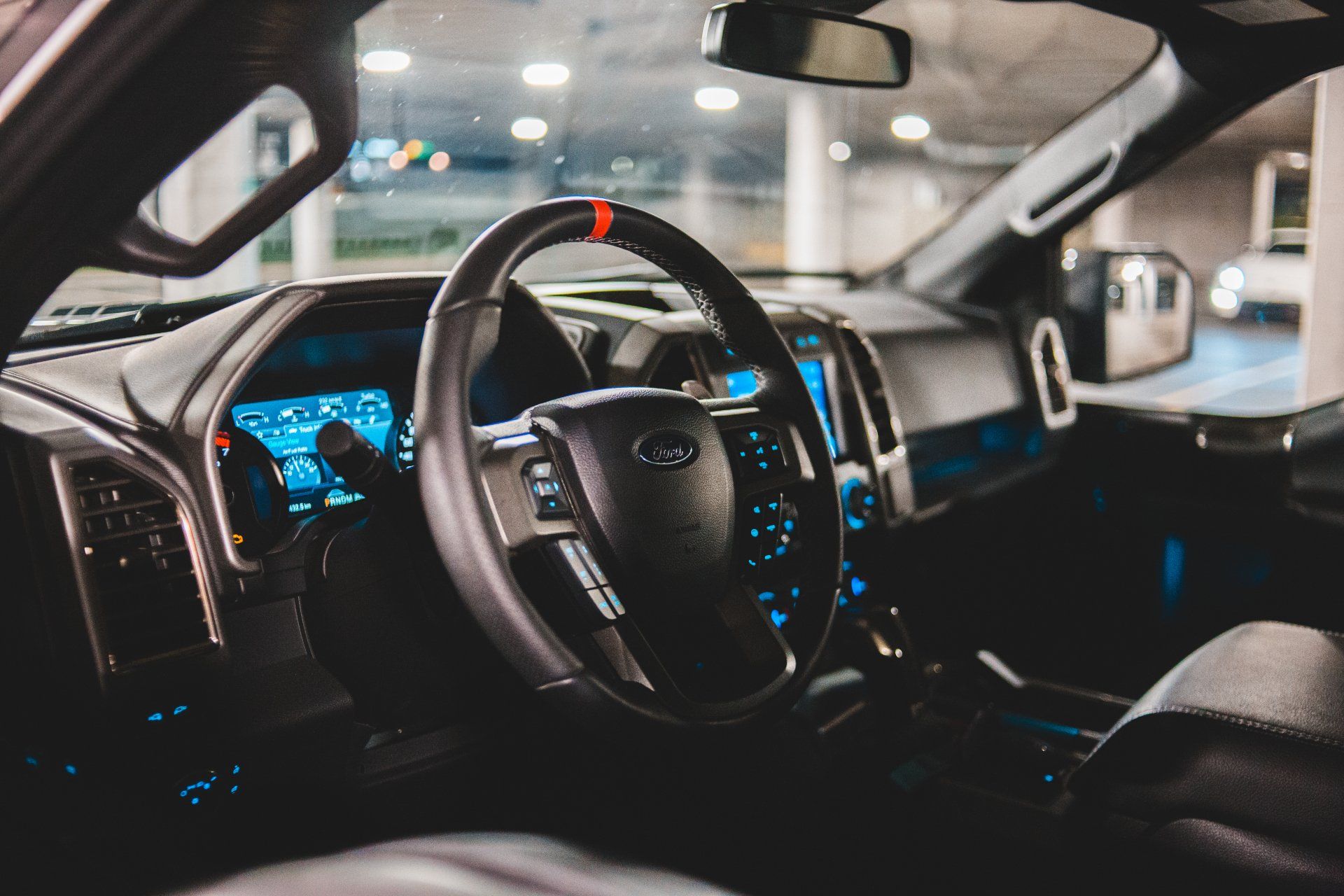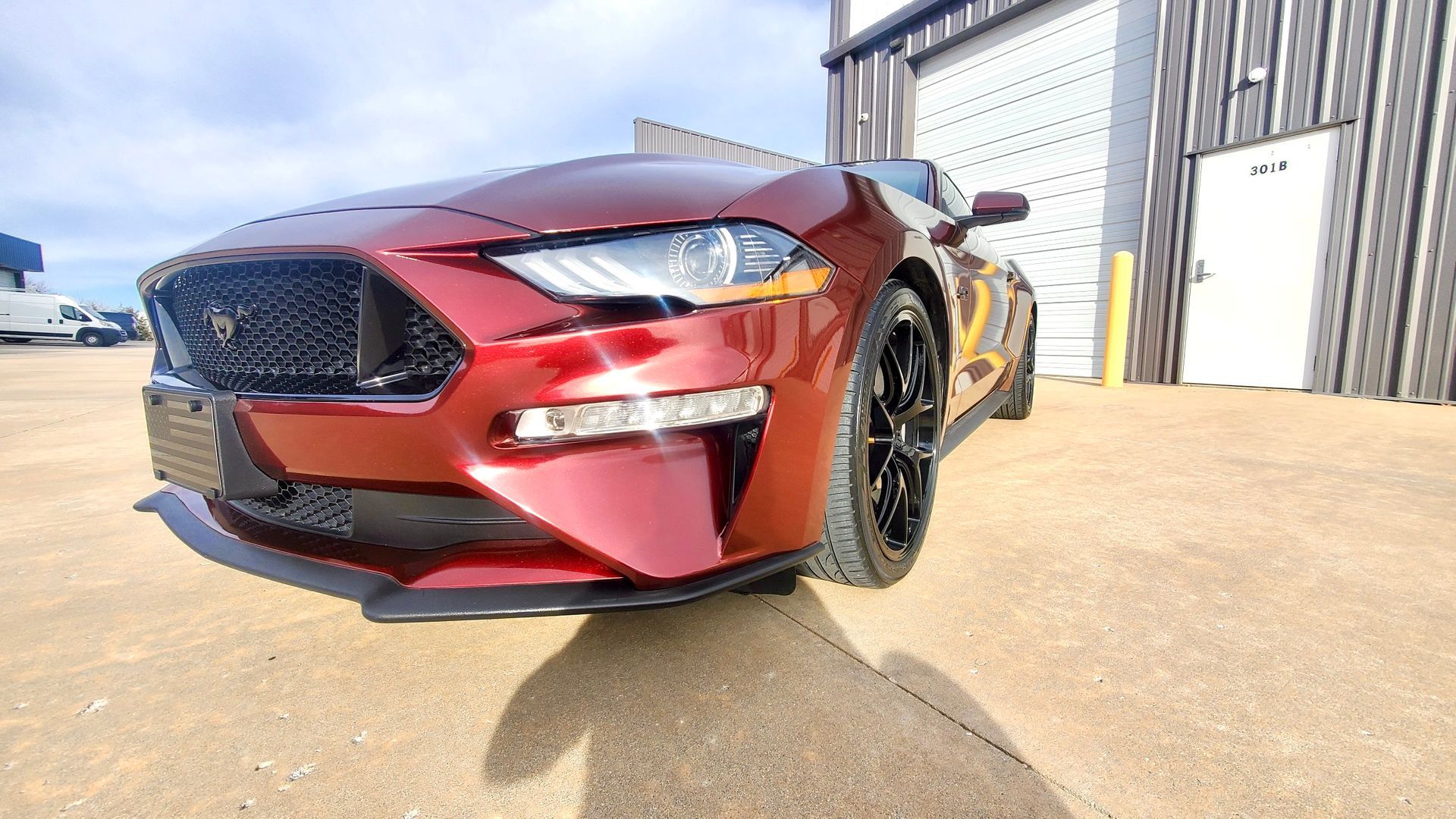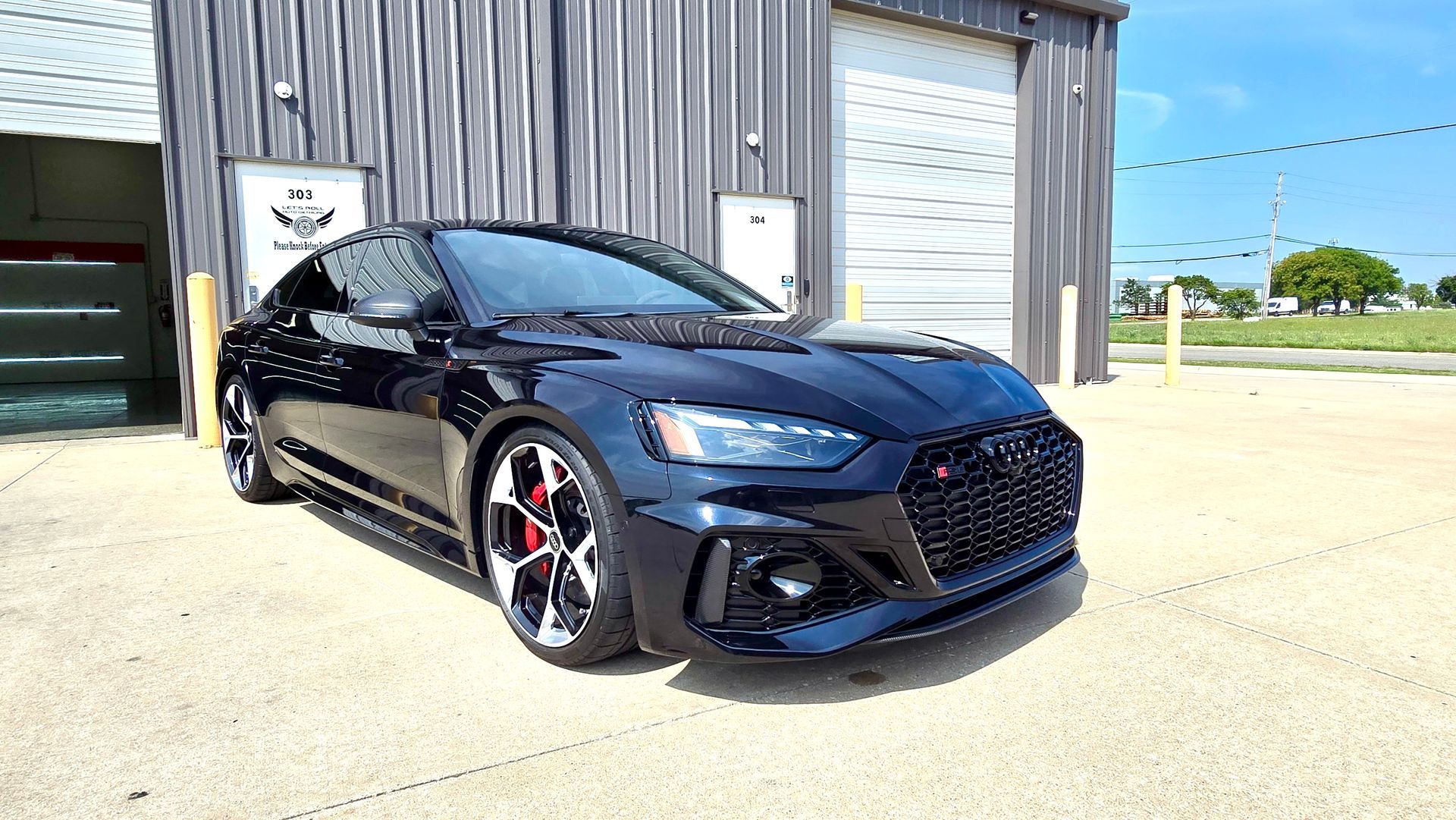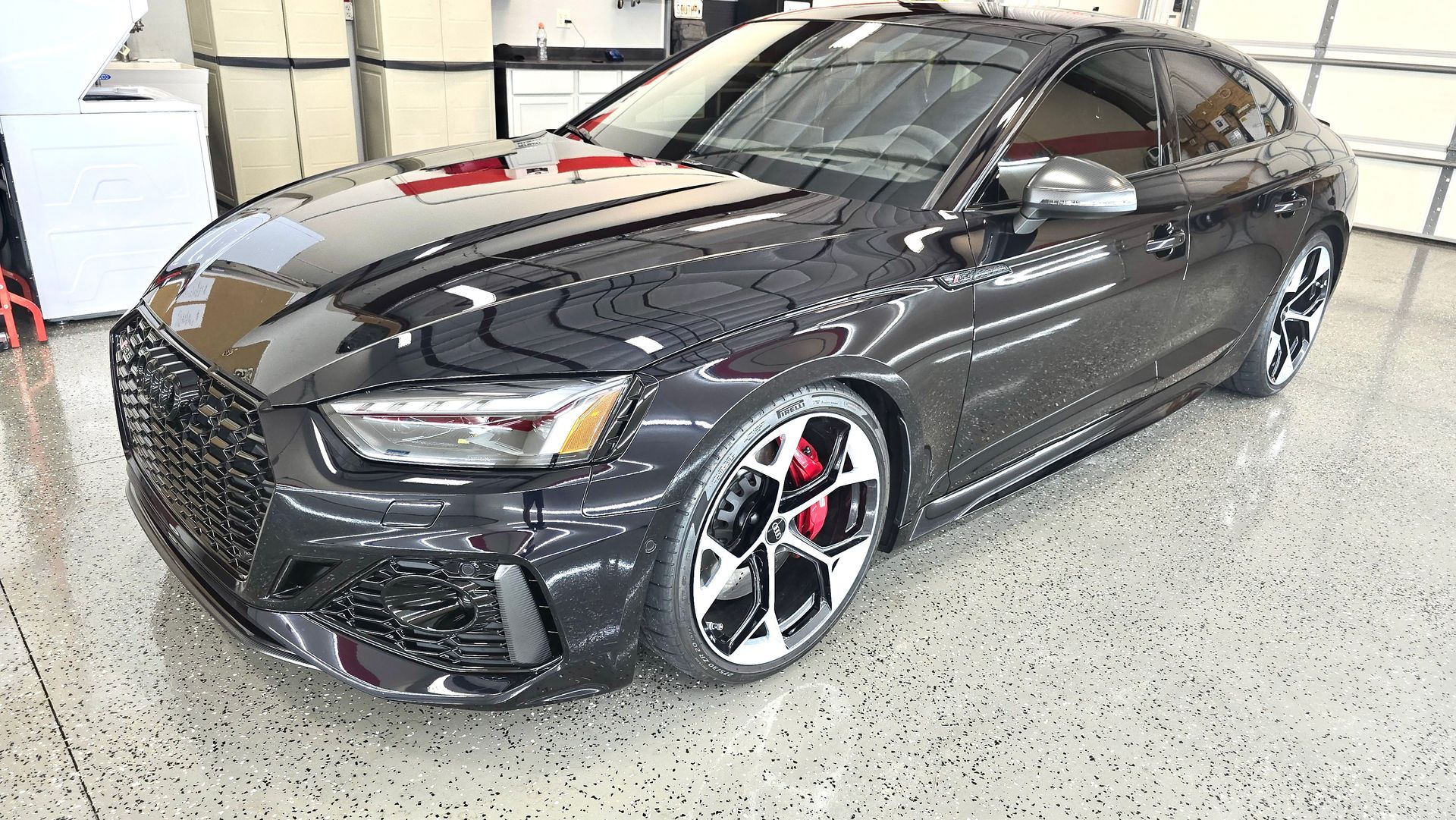Is My Car Stored Inside or Outside at the Let's Roll Coatings Shop?
we take the care of your vehicle seriously. that includes security.

Often, a vehicle that has been ceramic coated can be picked up the same day it's completed.
But, sometimes, it stays in our shop overnight. This can happen due to scheduling difficulties (we try our best to be flexible with drop-off and pick-up times!) or an extensive paint correction project that takes longer than usual.
When a car is left with us overnight, it is ALWAYS stored inside the shop. Additionally, we have a monitored security system as another layer of protection while we are gone from the shop.
You can rest assured that your vehicle is protected and secure with us!
To get started on your quote, click here!

